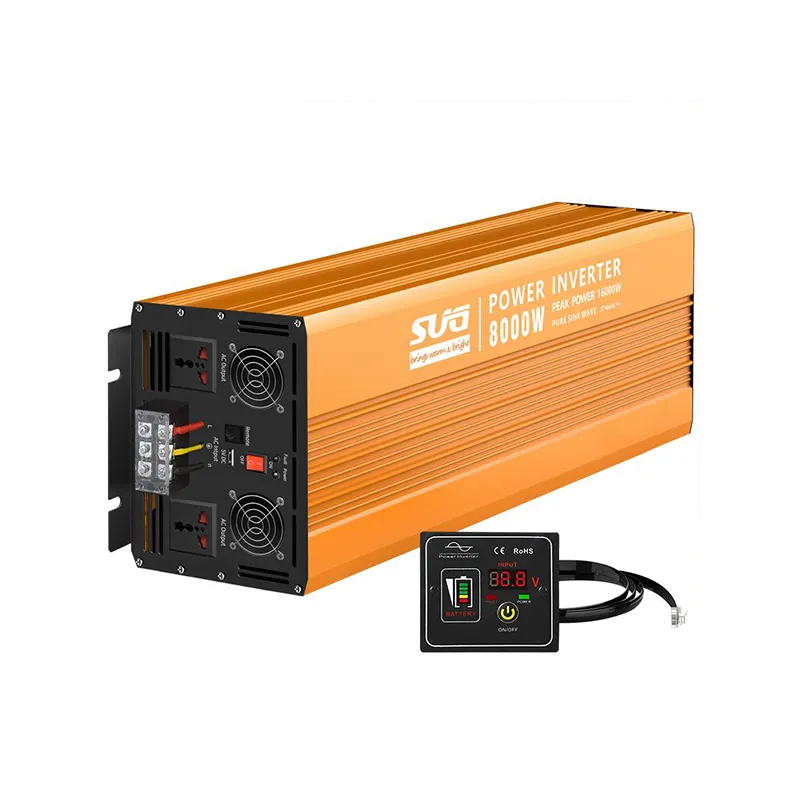Understanding the Costs Involved in Purchasing Solar Panels for Your Home or Business
Understanding the Cost to Purchase Solar Panels A Comprehensive Overview
As the world leans increasingly toward renewable energy, solar panels have emerged as a popular choice for both residential and commercial energy solutions. However, potential buyers often grapple with the fundamental question How much does it really cost to purchase solar panels? This article delves into the various factors affecting the cost, potential savings, and long-term benefits associated with solar energy systems.
Initial Costs
The initial cost of purchasing solar panels can vary significantly based on several factors, including the size of the installation, the type of solar panels selected, and geographic location. On average, residential solar panel systems can cost between $15,000 and $30,000, before any incentives or rebates. The price of solar panels can fluctuate due to market conditions, technological advancements, and incentives provided by governments.
Types of Solar Panels
When considering the cost of solar panels, consumers should be aware of the different types available in the market. The three main types include
1. Monocrystalline Panels These panels are made from a single crystalline silicon structure, making them highly efficient and space-efficient. However, they generally come at a higher price point, averaging $1.00 to $1.50 per watt.
2. Polycrystalline Panels Constructed from multiple silicon crystals, these panels are typically less expensive than monocrystalline panels but are also slightly less efficient. They usually cost around $0.80 to $1.00 per watt.
cost to purchase solar panels

3. Thin-Film Panels Made from various materials, including cadmium telluride, thin-film panels are lightweight and flexible. They tend to be the most affordable option but come with lower efficiency rates. Pricing can range from $0.50 to $0.80 per watt.
Incentives and Rebates
One of the most significant ways to reduce the effective cost of purchasing solar panels is through government incentives and rebates. In the United States, the Federal Investment Tax Credit (ITC) allows buyers to deduct a substantial percentage of their solar installation costs from their federal taxes. Many states also offer additional incentives, such as rebates, sales tax exemptions, or performance-based incentives that can further reduce the overall cost.
Long-Term Savings
While the upfront costs of solar panel installations can be daunting, it's essential to consider the long-term savings. Solar panels have a lifespan of 25 years or more, and many systems can save homeowners thousands of dollars on electricity bills over that period. According to estimates, a residential solar energy system can save homeowners between $10,000 and $30,000 over its lifetime, depending on energy consumption and local electricity rates.
Moreover, solar panels can increase property value. Many prospective homebuyers are looking for energy-efficient features, and a solar energy system can make a home more attractive on the market.
Conclusion
In conclusion, while the cost to purchase solar panels can appear significant at first glance, it is important to consider the long-term financial benefits and environmental impact. By understanding the various factors affecting costs, such as panel types, incentives, and potential savings, consumers can make informed decisions. As technology continues to advance and economies of scale improve, the cost of solar panels is expected to decrease further, making solar energy an even more viable option for consumers seeking sustainable energy solutions. Investing in solar panels not only contributes to a greener planet but also serves as a smart financial decision for the future.
-
Understanding the Advantages of Solar String Inverters for Your Energy SystemNewsApr.29,2025
-
Choosing the Right PV Inverter: A Comprehensive GuideNewsApr.29,2025
-
The Future of Solar Power: Exploring Bifacial Solar PanelsNewsApr.29,2025
-
The Complete Guide to Solar Panels: Efficiency, Cost, And InstallationNewsApr.29,2025
-
The Best Options for Efficiency and Cost-EffectivenessNewsApr.29,2025
-
Harnessing the Power of Off-Grid Solar Inverters for Energy IndependenceNewsApr.29,2025







